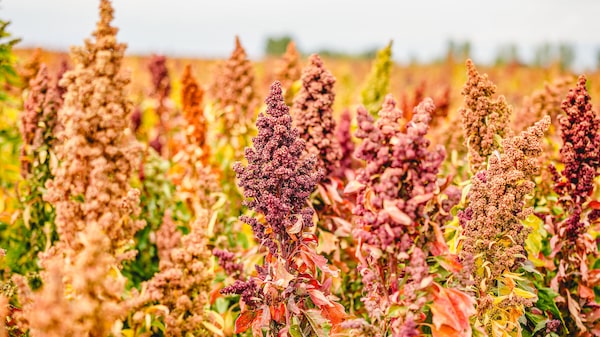La Paz — According to the United Nations Office on Drugs and Crime (UNODC) report, coca leaf plantations in Bolivia are increasing in size annually, with an estimated 25,500 hectares (61,776 acres) cultivated in 2019, up from 23,100 in 2018, with the increase causing concern due to the plant’s illegal uses as the ingredient of cocaine, and due to the government’s continued investment in the crop for businesses that reap little profit.
Last June, Bolivian President Luis Arce celebrated the creation of the public company for the industrialization of the Bolivian coca leaf, called KOKABOL. The company aims to produce and sell products derived from the so-called ‘sacred leaf’, but over the past 13 years the Bolivian government has invested in two other companies with the same objective, neither of which have turned a profit and instead left abandoned machinery and buildings.
The government has been trying since 2008 to manufacture products from the coca leaf, such as chizitos (cheese snacks), cookies, cakes, mate, toothpaste and various types of medicines, but none of which have been successful in the Bolivian market, and could not be exported due to regulations prohibiting coca leaf consumption, which is only allowed in Bolivia due it being an Indigenous cultural tradition.
Bolivian coca company EBOCOCA was launched 13 years ago with an investment of 11.2 million bolivianos (equivalent to $1.62 million at the current exchange rate). The company’s plant started operations four years later with the production of chizitos for school breakfast distributed in some of the country’s towns, but production was halted due to a lack of raw material.
In 2013, in Villa El Carmen, an area of the capital La Paz, 3.4 million bolivianos were invested in a plant to produce a type of mate, a traditional South American infusion, made with stevia and coca leaves. The factory’s buildings are currently used to store coca, but there is no production activity.
This time, the investment in KOKABOL totals around $4 million, and according to the government will generate 230 direct jobs and 1,150 indirect jobs.
But for opposition congress member Luciana Campero, such companies only generate jobs for the members of the ruling Movimiento al Socialismo (MAS) party, while incurring much expense.
“They are companies that do not generate profitability. And the problem lies in the fact that the coca leaf law is not being complied with. To justify the excessive planting of coca leaf, the government creates these companies that, as we have seen in the past, are loss-making and are just make-up for the illegal trade of coca leaf from Chapare province,” Campero said.
Campero refers to the fact that the company will operate in Cochabamba, where Chapare province, the coca-growing area and home of former president Evo Morales, is located, and highlighted the irony of the government creating a company in the area where most of the illegal plantations are located, but which are not being used in a cultural or traditional way, that is to say, for masticating (called pijcheo in Bolivia).
In Bolivia there are two areas that produce coca leaf: Los Yungas, in La Paz, which produces a type of leaf that is used for popular and traditional mastication, and Chapare, which produces a larger bush leaf that, according to Campero, ends up in the illegal market and is used for trafficking.
UNODC confirms this, stating that 94% of the coca from Chapare does not pass throug
h the legal market of Sacaba, in the department of Cochabamba.
We would like to go in to inspect as legislators, but we have no guarantee that we will get out of there alive.”
Bolivian congress member Luciana Campero
“KOKABOL’s main activity is the development of the basic chemical industry of the Bolivian coca leaf and the production of toothpaste. The new plant will have research laboratories,” Néstor Huanca, Bolivia’s Minister of Productive Development and the Plural Economy, said when the project was unveiled.
According to the government, Bolivia has more than 1,700 medicinal plants with nutritional properties, while the coca leaf has 14 alkaloids that can be used for its medicinal properties.
But for economist Dario Monasterio, “the state has shown that all the companies it manages provide bad results, including a monopoly in the commercialization of hydrocarbons, such as Yacimientos Petrolíferos Fiscales Bolivianos (YPFB). These losses are assumed by all Bolivians, and are resources that could be used in education, health and everything people need”.
“We all know that the coca leaf is a globally controlled substance. Given this scenario, it is very difficult to market it internationally, that is why it is not a strategic enterprise, nor a good investment. In almost 17 years of the MAS government we have seen state companies that have generated deficits because coca leaf cannot be exported. The state is not a good entrepreneur, and the product is not good”, Monasterio said.
For Campero, the inspection of both KOKABOL and the Chapare coca-growing zone is a matter of urgency.
“We would like to go in to inspect as legislators, but we have no guarantee that we will get out of there alive. We know that the main drug traffickers in the country are there, and that it is an area where not even the police have control. So no one can know what is really going on in there,” she said.
Translated from the Spanish by Adam Critchley




